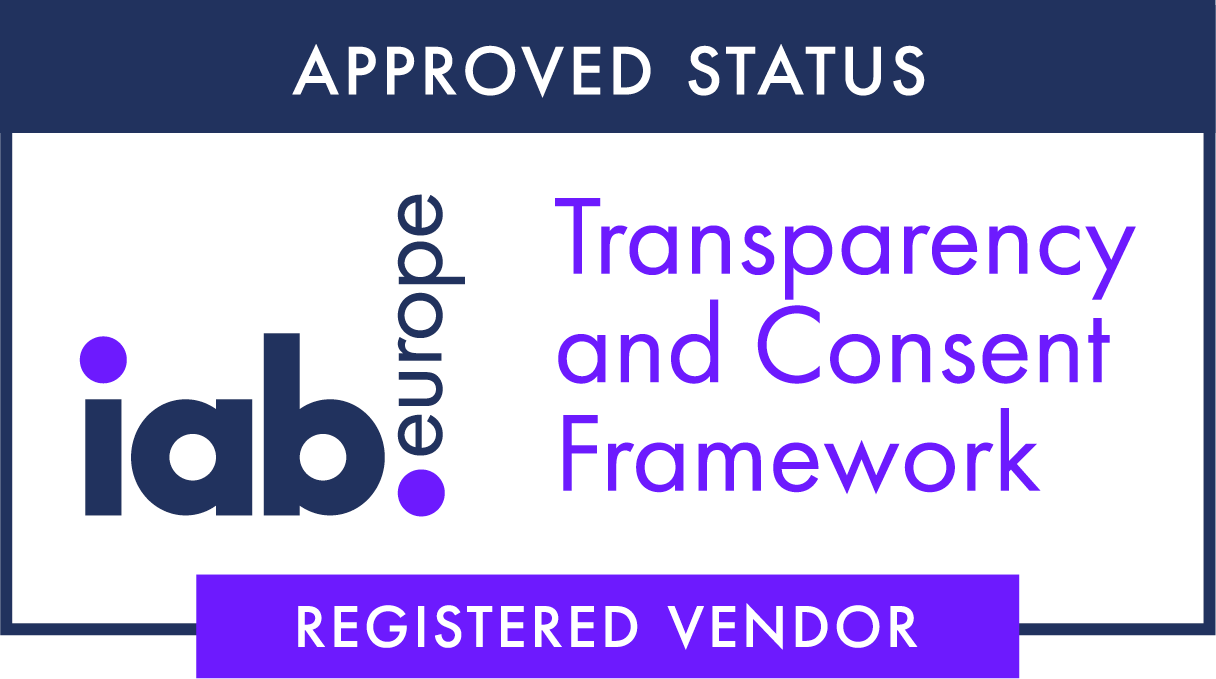Insights
Media planning during times of crisis
New Business spoke to our Marketing Manager, Johannes Niehuis, about the current movements on the social media market and the resulting consequences for advertisers.
June 8, 2022
nb: What fundamental insights does esome’s Social Media Market Insights Report provide?
JN: The data for the first quarter make it clear that the tense situation in the global economy also impacts the advertising market here: At the end of February, advertising budgets fell by 35 percent within a week.
Despite tight budgets and the associated lower demand for advertising impressions, the price level of digital inventories remained comparatively high. Compared to the previous quarter, the average CPM in Q1/22 fell by 27 percent due to seasonal factors but was still seven percent higher than in Q1/21 and nine percent higher than in Q1/20. The CPM is a specially collected index that illustrates the price development of the past quarter based on advertising campaigns implemented by esome.
nb: What recommendations for action for advertisers can be derived from this?
JN: In turbulent economic times, it is crucial to put tried-and-tested approaches to the test regarding their efficiency and media outcome. Therefore, advertisers should closely analyze which inventories are suitable for achieving their advertising objectives in the best possible way. However, price differences should be one of many decisive factors because each platform offers individual functions, target groups, and other advantages. Sometimes, innovative strategies provide a better solution.
Advertisers must focus on their advertising objective to achieve the optimal media outcome and align campaign planning accordingly. For example, more favorable placements make sense to reduce costs or generate more advertising contacts for the same budget. In other cases, on the other hand, a surcharge increases the media quality and thus delivers higher-quality impressions, i.e., impressions that pay more attention to the advertising objective.
Each relevant user must be addressed with the optimal frequency and the appropriate format. Scattering losses must be avoided, as must inefficient multiple targeting. Instead of thinking in silos, advertisers should dovetail the different campaign phases, platforms, and channels to optimize the media outcome and efficiency.
nb: What other trends in social media marketing have you noticed? (Platforms, forms of advertising, advertisers, influencers, topics, content, etc.)?
JN: Digital commerce, in particular, has been with us for some time and was also the predominant trend in digital marketing in the first quarter of 2022. Efforts in this area are aimed at enabling purchases to be made directly within the respective platform without media disruptions or other hurdles standing in the way of the purchase transaction. In the first quarter of 2022, the platforms rolled out or announced extensive new functions in this area. These include, for example, a checkout function on Pinterest, Twitter stores, and new augmented reality functions for virtual try-on on Snapchat.
It is also noticeable that inventory providers are increasingly cooperating with measurement service providers such as IAS or DoubleVerify. The focus here is on making the quality of one’s advertising environment quantifiable. This enables brands to be offered a tailored environment in which the advertising effect can unfold ideally. The resulting increase in media quality is an increasingly relevant differentiating feature of individual inventory providers.
nb: Do you perceive any uncertainty among your advertising customers due to Elon Musk’s entry into Twitter regarding their future presence on the channel? How do you assess the takeover and the possible consequences it could entail, such as an intensification of political discourse?
JN: We are closely monitoring developments regarding Elon Musk’s plans to enter Twitter. So far, we have not perceived any uncertainty among our customers. Likewise, there are currently no plans to turn our backs on Twitter. Such a reaction would also be premature. After all, whether the takeover will actually go ahead is still being determined. It will still take a few months until the final decision is made at the shareholders’ meeting. Even though some Twitter users have already announced that they will leave the platform in protest, no impairment of advertising activities is foreseeable.
The intensification of political discourse, hate speech, and disinformation campaigns are social challenges that affect Twitter and other platforms and make them responsible. However, as an official partner of all major platforms, we know they comply with applicable European law. In the wake of the Digital Service Act, we assume that Twitter, also under possibly new leadership, will take further measures to curb hate and incitement.
Should a law of the strongest and the suppression of minorities prevail in the Twitter discourse, this would damage the platform’s brand safety enormously and cause advertisers to look for alternatives.
nb: Your report shows more remarkable restraint in advertising spending due to strong inflation and the war in Ukraine. Which industries are particularly affected here?
JN: Currently, sectors that are particularly affected are those severely impacted by the ongoing disruptions in supply chains and bottlenecks in the supply of primary products, raw materials, supplies, and operating materials. Particularly the automotive industry is facing massive challenges in terms of production and supply and is reducing marketing budgets accordingly. At first glance, this approach is understandable because the question of why use advertising to generate demand if you can’t then meet it is justified. However, the carryover effect of advertising should be addressed because advertising often only becomes significantly effective in downstream periods. So instead of shutting down advertising measures altogether, advertisers should continue investing in branding to maintain brand image and awareness. Otherwise, there is a risk of starting from scratch as soon as production can be ramped up again.
nb: What is your forecast for the rest of the year? How will willingness to spend on social media advertising and platform preferences develop in Germany?
JN: In the medium to long term, the current economic challenges will affect more industries and reduce the willingness to spend on advertising.
A significant loss of purchasing power accompanies persistently high inflation. Many sectors will therefore have to prepare themselves for a loss of sales. In addition, the massive rise in energy costs is also increasing transportation expenses, which represent a significant cost factor, particularly in e-commerce. Companies will therefore make savings, which will also affect marketing activities.
However, reduced purchasing power also increases competition. Therefore, if overall consumption falls, it becomes critical for brands to win a substantial share of it. Here, innovative advertising is essential in determining which product ultimately ends up in the shopping cart.
In a tense economic situation, defining suitable marketing KPIs and business goals and keeping a close eye on ROI is advisable. Due to its precise measurability and low wastage, digital advertising is ideally suited to achieve marketing goals right now efficiently. We, therefore, assume that online marketing will be less affected by the general decline in marketing budgets than other genres.
nb: What do you expect regarding price development on individual social media platforms?
JN: If you look at the price development of the past few months, you can assume that the price level will remain high overall.
At the same time, however, the platforms are investing in new functions for advertisers and working to make their offerings even more attractive for users. In this way, activity on individual platforms is increasing. In addition, for the benefit of monetization, the platforms are also continuously opening up new locations for advertising placements. Overall, this increases the number of bookable ads, which in turn can favor prices if demand exists.
However, we cannot make any binding forecast regarding future price developments right now.



